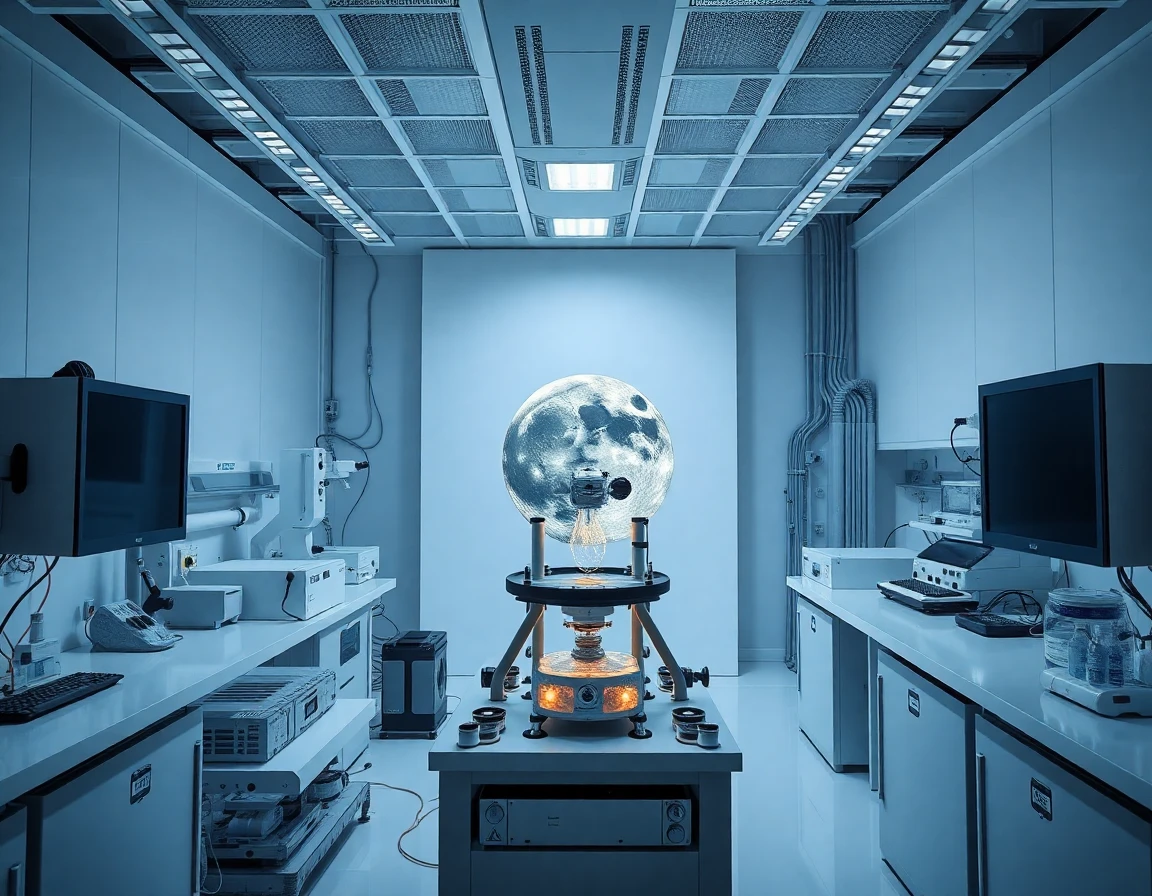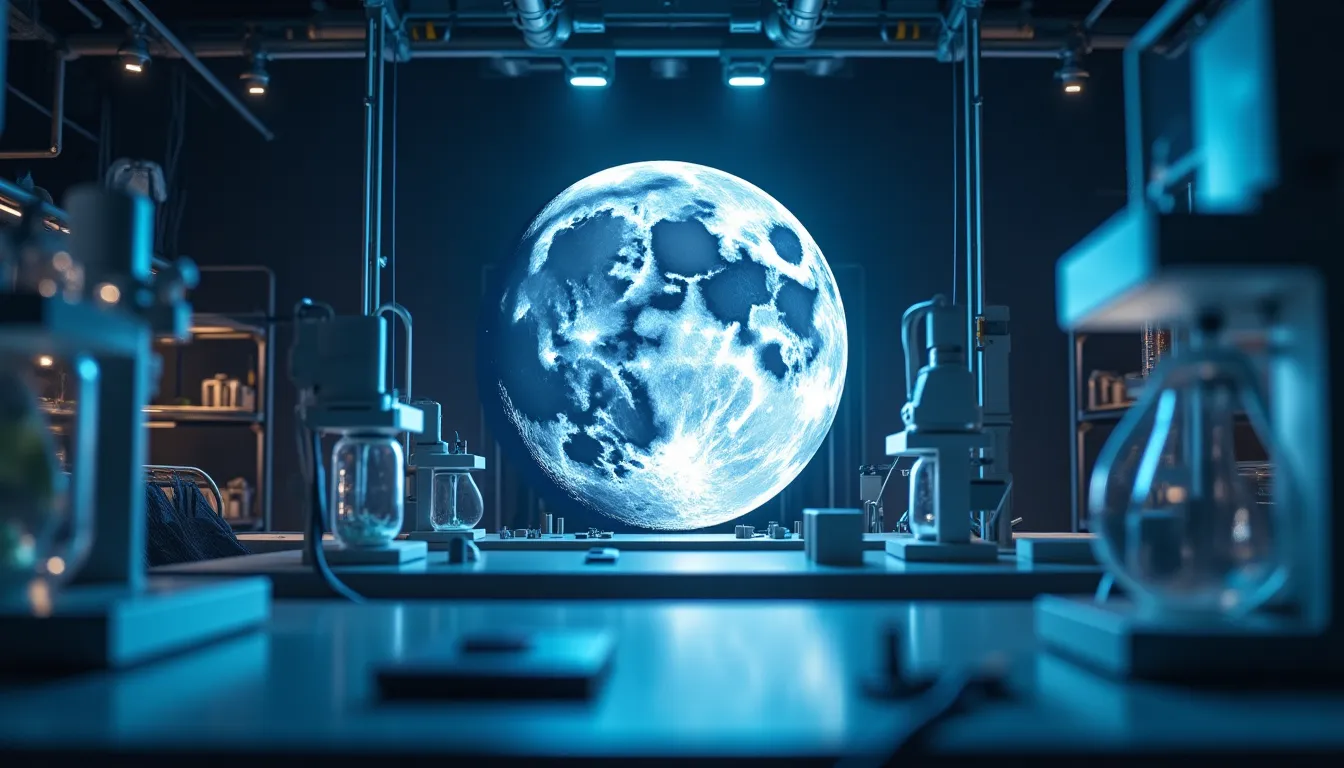As humanity sets its sights on the Moon as a potential resource hub, current research delves into the technical and economic feasibility of lunar mining. With increasing interest from space agencies and private companies, lunar mining could revolutionize how we extract and utilize resources in space.
The Rationale Behind Lunar Mining
The Moon is rich in materials that are vital for both space exploration and terrestrial applications. Helium-3, a potential fuel for nuclear fusion, and rare earth elements are among the most sought-after resources. According to Dr. Jane Holloway, a leading researcher in aerospace engineering, “Lunar mining not only provides an opportunity to utilize space resources but also significantly reduces the cost of space missions by sourcing materials directly from the Moon.”
Technical Feasibility of Mining on the Moon
Lunar mining presents unique challenges, primarily due to the Moon’s harsh environment, which includes extreme temperatures, low gravity, and the absence of an atmosphere. To overcome these challenges, advanced technologies are being developed. For example, high-precision advanced control systems are crucial for operating machinery on the lunar surface. These systems allow for accurate movement of mining equipment in the low-gravity environment, ensuring effective resource extraction.
Mechanisms of Lunar Mining
Mining on the Moon would likely involve robotic systems and autonomous vehicles that can operate without human intervention. These vehicles would be equipped with state-of-the-art gyroscopic instruments to maintain orientation and navigate the rugged lunar terrain. The integration of such technology is essential for the successful deployment of mining operations.
Economic Implications of Lunar Mining
From an economic standpoint, lunar mining could lead to significant cost savings for space exploration. By sourcing materials from the Moon, missions could reduce their payloads and increase their efficiency. However, the initial investment for lunar mining infrastructure is substantial. According to a report by the Lunar Resource Consortium, the estimated cost of developing mining operations on the Moon could exceed $10 billion. Yet, the potential return on investment through the extraction of valuable resources could justify these expenses.
The Role of Private Sector Investment
The involvement of private companies in lunar mining is a game-changer. Companies like SpaceX and Blue Origin are already exploring the commercial viability of lunar resources. As noted by industry analyst Michael Trent, “The private sector’s interest in lunar mining is accelerating technological advancements and paving the way for sustainable resource extraction in space.”
Future Developments in Lunar Mining
As more research is conducted, the prospects for lunar mining become increasingly promising. The upcoming Artemis missions, led by NASA, aim to establish a sustainable human presence on the Moon, which could serve as a launchpad for mining activities. Furthermore, the development of efficient thermal management systems will be crucial to ensure the reliability of mining equipment in extreme lunar temperatures.
Expert Perspectives
Experts are optimistic about the future of lunar mining. Dr. Marc Johnson, a space resource advocate, states, “Lunar mining is not just about extracting resources; it’s about creating a sustainable presence on the Moon. This could lead to advancements in technologies that benefit life on Earth as well.”
Conclusion
In conclusion, lunar mining is emerging as a feasible and potentially lucrative endeavor that could reshape resource extraction in space. The technical challenges are significant, but with ongoing research and technological advancements, the dream of mining the Moon is closer to becoming a reality. As both public and private entities invest in this frontier, the implications for future space exploration and resource sustainability are profound. The Moon is not merely a celestial body; it is becoming a new frontier for humanity’s resource needs.



